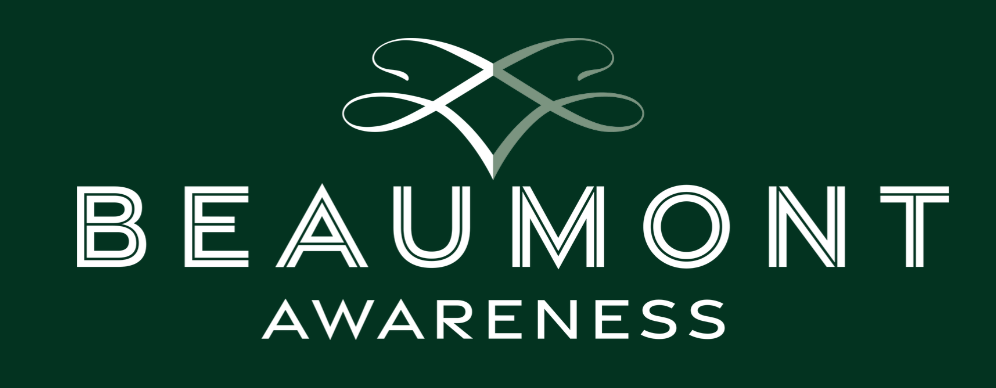The Big Freeze - The chilling curiosity and history behind cryotherapy
Essentially, there is nothing new in cryotherapy as a concept. The idea that cold low temperatures have healing properties were first recognised by the Ancient Egyptians in 1700 BC, and Hippocrates in 400 BC, both having documented its merits in relieving pain. Interestingly, Napoleon’s surgeon recognised its anaesthetic effects when amputating limbs injured in battle. It is only in the last 200 years that it has really evolved into more surgical uses. Fascinating to me, as I suffer from debilitating migraines, was that James Arnott demonstrated in the 1850’s how low temperatures could be used to relieve pain through a cold and salt solution. He had hoped to include treatment of cancers as well. (Cooper M, Dawber R. The history of cryosurgery. J R Soc Med 2001; 94:196-201).
Although the idea of utilising extremely cold temperatures to heal and repair the human body has been around for a long time, it is only recently that the benefits of cryotherapy have been available and capable of being used in the everyday fitness and health regime.
Last week I went for my first cryotherapy session at The F.I.T. Partnership in Wimbledon. I must admit I was a little apprehensive as to how it would feel and the aftereffects on my body. The truth is I could not have been in better hands. Max Berry, Founder and Owner of F.I.T., was extremely accommodating and explained the process with care and humour. I was instantly at ease. He prepped me, handed me my gloves, slippers, mask and ear headbands (you have to cover your most exposed parts), chose my music whilst I was inside the chamber for exactly 2 minutes, and took my temperature before stepping in.
So how does cryrotherapy work? There are a number of claims, such as the dermatological use in the destruction of tissue. A little history, it was not until the nineteenth century that advancements in cryotherapy began. This was when a transport vessel with liquified gas was created in the form of a vacuum flask. In recent years, cryotherapy has become more experimental, being used in the manner I did in the cryochamber for the whole body. The first chambers were introduced in Japan in the 1970s. Europe in the 1980s and the U.S. this past decade. Cryotherapy, essentially the experience I tried out is to go into the cryotherapy chamber, which is then cooled down to as low as -100 C for 2 minutes, generally women and newbies, and up to 4 minutes for men and athletes. I wore minimal clothing just a sports bra and shorts.
The effect is that the freezing air cools your skin to around 5 degrees Celsius, triggering endorphins, and hence inducing your body’s natural pain relief system and decreasing inflammation associated with several health conditions. Some claim it can help with the burning of body fat. Cryotherapy does not directly burn fat, but it can boost your metabolism. The cold encourages the rush of endorphins and other ‘happy hormones’, which I found to be the effect as I came out feeling elated and with a spring in my step. I felt energised, more positive and slept very well that night.
My body felt less achy, I was less tense, and combined with the infrared sauna I left F.I.T. almost a new person. I would suggest people give it a try. No harm can come from it if undertaken properly. I most certainly will be back and perhaps will incorporate it into my daily routine. My shoulder pain and migraines certainly have eased, and I felt overall more relaxed and happy.
Written by Susi Hartmann
